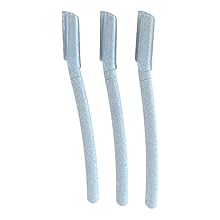
Why an Alaska island is using peanut butter and black lights to find a rat that might not exist
CTV
On an island of windswept tundra in the Bering Sea, hundreds of miles from mainland Alaska, a resident sitting outside their home saw — well, did they see it? They were pretty sure they saw it.
On an island of windswept tundra in the Bering Sea, hundreds of miles from mainland Alaska, a resident sitting outside their home saw — well, did they see it? They were pretty sure they saw it.
A rat.
The purported sighting would not have gotten attention in many places around the world, but it caused a stir on St. Paul Island, which is part of the Pribilof Islands, a birding haven sometimes called the “Galapagos of the north” for its diversity of life.
That's because rats that stow away on vessels can quickly populate and overrun remote islands, devastating bird populations by eating eggs, chicks or even adults and upending once-vibrant ecosystems.
Shortly after receiving the resident’s report in June, wildlife officials arrived at the apartment complex and crawled through nearby grasses, around the building and under the porch, looking for tracks, chew marks or droppings. They baited traps with peanut butter and set up trail cameras to capture any confirmation of the rat’s existence — but so far have found no evidence.
“We know — because we’ve seen this on other islands and in other locations in Alaska and across the world — that rats absolutely decimate seabird colonies, so the threat is never one that the community would take lightly,” said Lauren Divine, director of the Aleut Community of St. Paul Island’s ecosystem conservation office
The anxiety on St. Paul Island is the latest development amid longstanding efforts to get or keep non-native rats off some of the most remote, but ecologically diverse, islands in Alaska and around the world.





















 Run 3 Space | Play Space Running Game
Run 3 Space | Play Space Running Game Traffic Jam 3D | Online Racing Game
Traffic Jam 3D | Online Racing Game Duck Hunt | Play Old Classic Game
Duck Hunt | Play Old Classic Game